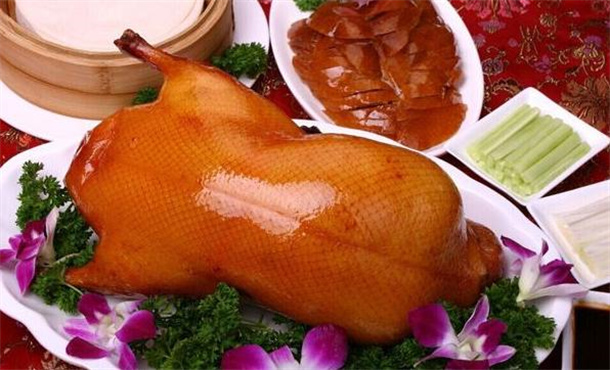China’s food culture has a long history, and the 5,000-year history has laid the foundation for the development of food. Different provinces and different cities have different unique flavors of food. In China, there is a saying of cuisines, and different places have different cuisines. Next, let’s take a look at the ranking of China’s top ten cuisines.
1. Lu Cuisine鲁菜
Shandong cuisine is a spontaneous cuisine among the four traditional Chinese cuisines (also the eight major cuisines) (compared to Huaiyang, Sichuan, Cantonese and other influential cuisines), it is the cuisine with the longest history, the richest techniques, and the most powerful cuisine . It is a representative of the culinary culture in the Yellow River Basin.
2,500 years ago, the Confucian school in Shandong established the aesthetic orientation of Chinese diet focusing on fineness, neutrality, and health; the “Steaming in the middle and lower reaches of the Yellow River” summarized in “Qi Min Yao Shu” (written about 533-544 AD) in the late Northern Wei Dynasty Cooking, roasting, stuffing, frying, frying, boiling, cooking, deep-frying, wax, salt, soy sauce, vinegar, sauce, wine, honey, and pepper” established the framework of Chinese cooking techniques; a large number of Shandong chefs and dishes entered the Ming and Qing Dynasties. The palace further sublimates the style and characteristics of Shandong cuisine, which is elegant, upright, peaceful and healthy.
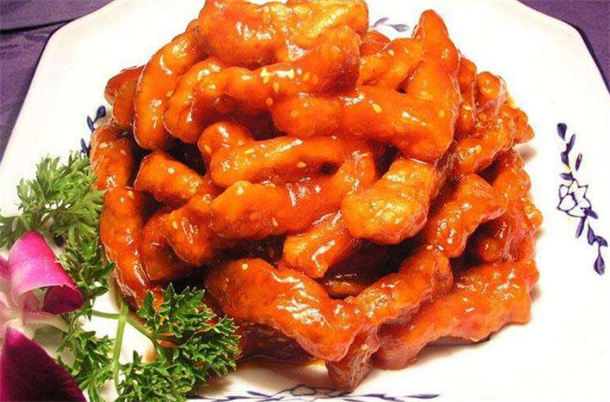
2. Sichuan Cuisine川菜
Sichuan cuisine is one of the four traditional cuisines of the Han nationality in China and one of the eight major cuisines in China. Sichuan cuisine can be divided into local Sichuan cuisine and Shanghai-style Sichuan cuisine. Among the local Sichuan cuisine, Sichuan cuisine also includes Sichuan-style dishes, pasta snacks, hot pot, etc.
Sichuan cuisine is divided into three factions: Rong Pai (Shanghe Gang), Yu Pai (Xiahe Gang), and Yan Gang (Xiaohe Gang). Shanghebang Sichuan cuisine is Sichuan cuisine centered on Chengdu and Leshan in western Sichuan; Xiaohebang Sichuan cuisine is Yanbang cuisine centered on Zigong in southern Sichuan, including Yibin cuisine, Luzhou cuisine and Neijiang cuisine. Xiahebang Sichuan cuisine is Jianghu cuisine represented by Dazhou cuisine, Chongqing cuisine, and Wanzhou cuisine in the old eastern Sichuan region. The three together form the branch cuisines of the three mainstream local flavor genres of Sichuan cuisine, representing the highest artistic level of Sichuan cuisine development.
Sichuan cuisine has a wide range of materials, varied seasonings, diverse dishes, fresh taste, mellow and rich, and is famous for its good use of spicy and spicy seasoning. It is also famous for its unique cooking methods and strong local flavors. Learn from the strengths of others and be good at absorbing and innovating.
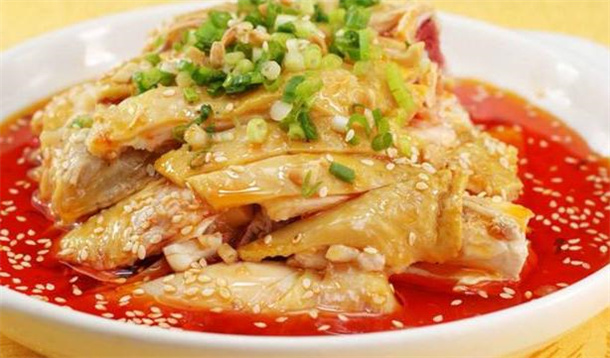
3. Cantonese Cuisine粤菜
Cantonese cuisine is Cantonese cuisine, which is one of the four major cuisines and one of the eight major cuisines in China. Cantonese cuisine in a narrow sense refers to Cantonese cuisine (that is, Guangzhou cuisine), and in a broad sense, it includes Chaozhou cuisine (Chaoshan cuisine) and Dongjiang cuisine (also known as Hakka cuisine).
Cantonese cuisine originated from the Central Plains, and has inherited the Central Plains food style advocated by Confucius, “never tire of fine food, never tire of delicate dishes”. Therefore, Cantonese cuisine is more complicated and refined, such as claypot rice and roast suckling pig in Cantonese cuisine, which originated in the Zhou Dynasty “Eight Treasures” delicacies; roast goose is derived from roast duck, a famous dish in the Song Dynasty; dim sum evolved from the Central Plains to Guangdong, and Cantonese-style dim sum such as shrimp dumplings and dry steamed siu mai evolved.
The scope of Cantonese cuisine includes the Pearl River Delta and Shaoguan. Cantonese cuisine is the representative of Cantonese cuisine. Since ancient times, it has the reputation of “eat in Guangzhou, cook in Fengcheng (Shunde)”, “eat in Guangzhou, taste in Xiguan”,
Chaozhou cuisine originated in the Chaoshan area of Guangdong. Chaozhou cuisine is the backbone of Cantonese cuisine and the representative of Cantonese cuisine. There is also a saying that “eat in Guangzhou and taste in Chaozhou”.
Guangdong Hakka cuisine is mainly popular in Meizhou, Huizhou, Heyuan, Shaoguan, Shenzhen and other places, covering the Meijiang, Dongjiang and Beijiang basins.
Gaoliangcai belongs to one of the origins of western Guangdong cuisine, which originated in ancient Gaoliang County, including Maoming and Yangjiang in western Guangdong. The representative dish of Zhanjiang area is Zhanjiang cuisine.
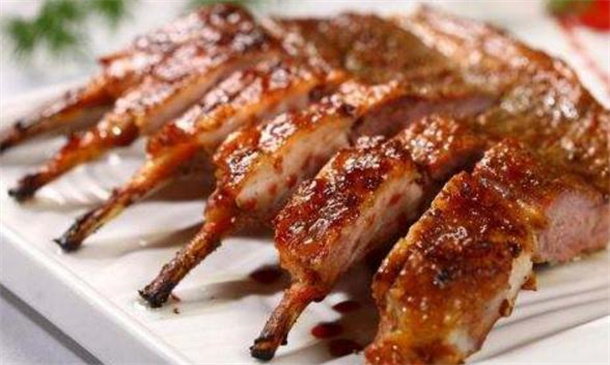
4. Fujian Cuisine闽菜
Fujian cuisine is one of the eight major cuisines in China, which was formed through the mixture of Han culture in the Central Plains and Minyue culture. Originated in Fuzhou, based on Fuzhou cuisine, it is a cuisine formed by combining the flavors of eastern Fujian, southern Fujian, western Fujian, northern Fujian and Puxian. Fujian cuisine in a narrow sense refers to Fuzhou cuisine, which originated in Minxian County, Fuzhou, Fujian Province, and later developed into three schools of Fuzhou, southern Fujian, and western Fujian, that is, Fujian cuisine in a broad sense. Fujian cuisine is mainly fresh, mellow, meaty, and soupy, and is good at red grains, sweet and sour seasoning.
Since the people of Fujian often travel to and from the sea, their eating customs have gradually formed a unique cuisine with open features. Fujian cuisine is famous for cooking delicacies from mountains and seas. On the basis of excellent color, fragrance and shape, it is especially good at “fragrance” and “taste”. Features, unique in the cooking altar garden.
Fuzhou cuisine is light, refreshing and fresh, and pays attention to fresh soup, and is good at all kinds of delicacies from mountains and seas; Southern Fujian cuisine (Xiamen, Zhangzhou, Quanzhou area) pays attention to condiments and seasoning, and emphasizes freshness; Western Fujian cuisine (Changting, Ninghua area) emphasizes salty and spicy , the cooking is mostly mountain delicacies, especially showing the flavor of mountainous areas. Therefore, Fujian cuisine has three major characteristics, one is good at seasoning with red grains, the other is good at making soup, and the third is good at using sweet and sour.
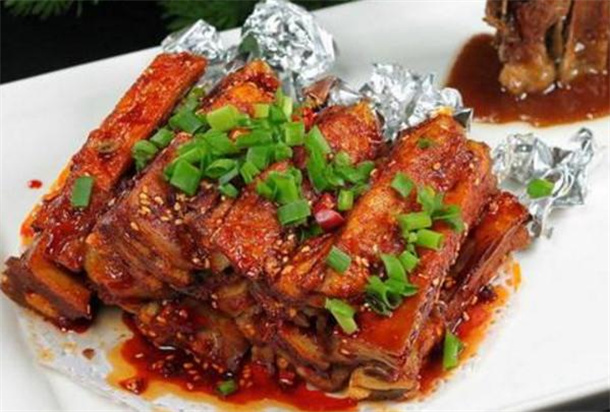
5. Su Cuisine苏菜
Jiangsu cuisine, one of the eight major cuisines of the Han nationality in China, is referred to as Su cuisine. Because Jiangsu cuisine is similar to Zhejiang cuisine, it is collectively referred to as Jiangsu-Zhejiang cuisine together with Zhejiang cuisine. It mainly consists of Jinling cuisine, Huaiyang cuisine, Suxi cuisine, Xuhai cuisine and other local dishes. Jiangsu cuisine originated more than 2,000 years ago, and Jinling cuisine originated in the pre-Qin period. At that time, Wu people were good at making broiled fish, steamed fish and fish fillets. Duck was already a Nanjing delicacy more than 1,000 years ago. In the Southern Song Dynasty, Jiangsu cuisine and Zhejiang cuisine were both the two pillars of “Southern Food”.
Jiangsu cuisine is good at stewing, stewing, steaming, and frying. It pays attention to adjusting the soup and keeping the original juice of the dishes. Lost its taste.
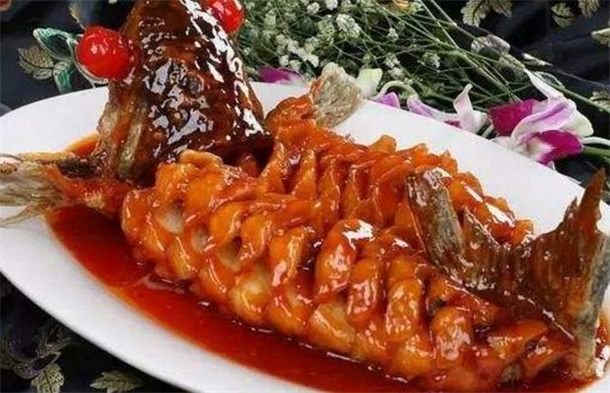
6. Zhejiang Cuisine浙菜
Zhejiang cuisine, referred to as Zhejiang cuisine, is one of the eight major cuisines of the Han nationality in China. It has beautiful mountains and clear waters and rich products, so the proverb goes: “There is heaven above, and Suzhou and Hangzhou below.” Zhejiang Province is located on the coast of the East China Sea in my country, with a network of waterways in the north, and is known as the land of fish and rice. The hills in the southwest are undulating, rich in mountain delicacies. The eastern coast is densely covered with fishing grounds and rich in aquatic resources. There are more than 500 kinds of commercial fish and shell aquatic products. The total output value ranks first in the country.
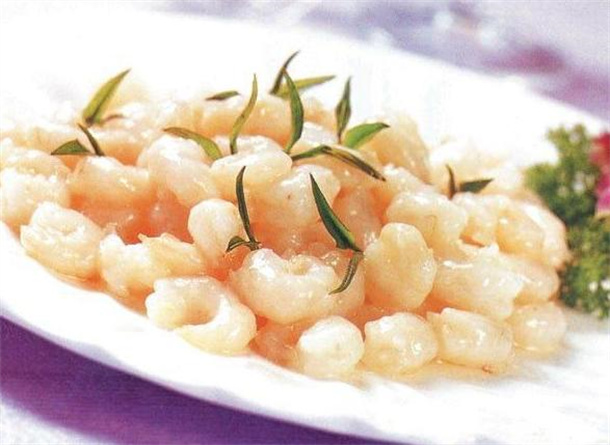
7. Hunan Cuisine湘菜
Hunan cuisine, also known as Hunan cuisine, is one of the eight major cuisines of the Han nationality with a long history in China. It has been formed as early as the Han Dynasty. There are mainly three local flavors in the Xiangjiang River Basin, Dongting Lake area and Xiangxi mountainous area.
Hunan cuisine is carefully prepared, with a wide range of materials, varied tastes, and a wide variety; the color is heavy and oily, and the color is thick, and it is affordable; the taste is spicy, delicious, soft and tender; , All kinds of speculation are known.
The representative dishes of official Hunan cuisine are Zuan Hunan cuisine, such as Zuan tofu, Zuan shark’s fin, etc.; the representative dishes of folk Hunan cuisine include chili fried meat, chopped pepper fish head, Xiangxi grandma’s dishes, Jishou sour meat, beef powder, Hengyang fish meal, Qi Fengdu Fish Meal, Dong’an Chicken, Jinyu Xilian, Yongzhou Blood Duck, Jiuyi Mountain Rabbit, Ningyuan Stuffed Tofu, Steamed Lamei, Sister Duanzi, Ningxiang Snake, Yueyang Ginger Snake, etc.
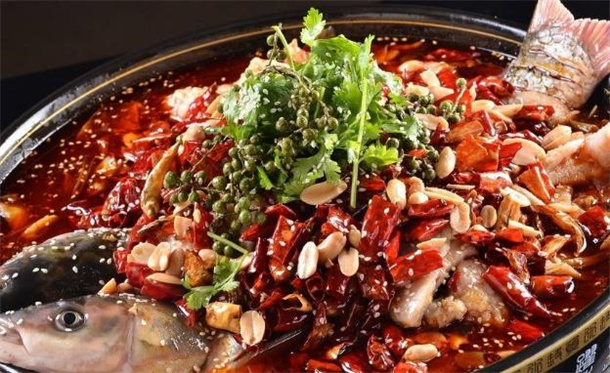
8. Anhui Cuisine徽菜
Huizhou cuisine is not equal to Anhui cuisine. Anhui cuisine is now called Anhui cuisine, a general term for Anhui cuisine represented by Anhui cuisine, Wanjiang cuisine, Hefei cuisine, Huainan cuisine, and North Anhui cuisine. Among them, the southern Anhui flavor is represented by Huizhou local cuisine, which is the mainstream and origin of Huizhou cuisine. Anhui cuisine uses Huizhou special products as the main raw materials. On the basis of adopting folk traditional cooking techniques, it absorbs the strengths of other cuisines and cooks local dishes that are mainly salty and delicious. Anhui cuisine has a rich cultural heritage and is one of the eight famous cuisines in the country. Its main flavor features are mainly salty and fresh, highlighting the original taste, paying attention to fire skills, and paying attention to food supplements. In terms of cooking methods, techniques such as roasting, stewing, braising, steaming, and smoking are the main techniques. The main dishes include banquet dishes, five gui, eight dishes and ten bowls, nine bowls and six, eight bowls and twelve dishes, six big pots, public dishes and so on. The main famous banquets include Bagongshan Tofu Banquet, Bao Gong Banquet, Hongwu Banquet and so on.
Anhui cuisine originated in ancient Huizhou in the Southern Song Dynasty. It was originally the local flavor of the mountainous area of Huizhou. Over the long years, through the hard work of famous chefs of all dynasties, it has been created and absorbed. Anhui cuisine has gradually emerged from the mountainous and rural flavors of Huizhou. Now it has gathered special flavors and famous delicacies from all over Anhui, gradually forming a famous cuisine that is both elegant and popular, suitable for both north and south, unique and self-contained. . Later, it gradually spread to Jiangsu, Zhejiang, Fujian, Shanghai, Hubei and other places, and even affected the ancient capital of Xi’an in the Northwest. Eight major cuisines.
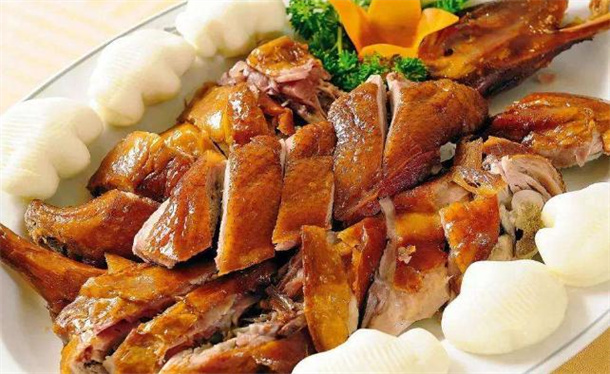
9. Chu Cuisine楚菜
Chu cuisine, Hubei style, is based on aquatic products, mainly fish dishes, thick and bright juice, delicious and spicy, focusing on true colors, rich dishes, many banquets, good at cooking methods such as steaming, simmering, frying, roasting, and frying. Rolled, rotten, fresh, mellow, fragrant, tender, full of seven beauty.
Mianyang three-steamed, braised catfish, coral mandarin fish, Jingsha soft-shelled turtle, casserole fish balls, Huangzhou Dongpo meat, Qianjiang oil-braised crayfish, bacon stir-fried cabbage, lotus root ribs soup are the top ten famous dishes of Chu cuisine in Hubei Province. Cai Linji Hot Dry Noodles, Sijimei Soup Buns, Sanxian Bean Curd, Xiangyang Beef Noodles, Enshi Kang Potatoes, Tanyanji Dumplings, Xiaogan Rice Wine, Oil Cake Wrapped with Shaomai, Gongan Guokui, and Rice Noodles in Paste Soup are the top ten famous Chu dishes.
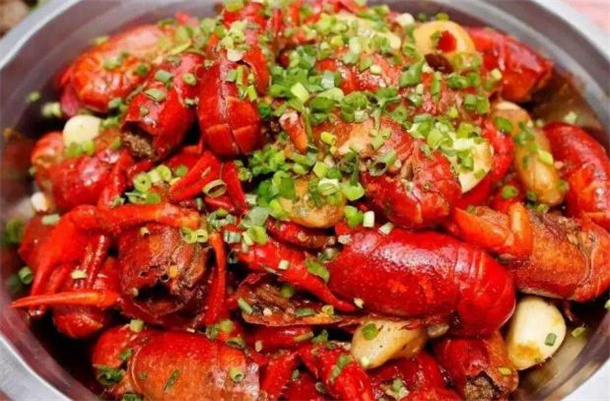
10. Beijing Cuisine京菜
Beijing cuisine is a popular dish in the Beijing area of my country. There are many dishes, all of which are famous home-cooked dishes, such as Peking duck, crispy fish, rich chicken and so on. Some dishes are said to be the way of court dishes, and they pay more attention to workmanship and taste.
